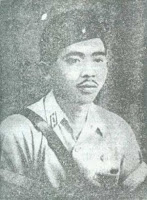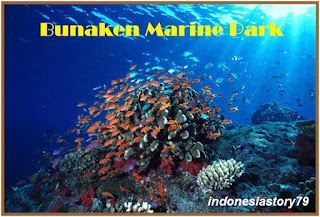Maybe you have seen Frans Kaisiepo on a ten thousand rupiah note issued by Bank Indonesia in 2016. When you saw his name on the 10,000 Rupiah bill issued in 2016, not many people knew who Frans Kaisiepo was and what his services were for Indonesia. What makes it even sadder is when there are a handful of people who also hurl insults at their pictures on the bills.
Frans Kaisiepo is a National Hero who has an important role in the unification of Papua with Indonesia. He was born on October 10, 1921 in Biak, Papua. He was the first person to fly the Red and White Flag in West Irian with great pride. His father was a chief of the Biak Numfor tribe and a blacksmith. His mother died when Frans was two years old. Frans was then entrusted to his aunt so that he grew up with his cousin, Mark. Even though Frans grew up in Wardo Village, which is located in the interior of Biak, he was fortunate to be able to pursue School Education with the Dutch Education system.
In 1928-1931, Frans attended the People's School (Sekolah Rakyat / SR). After graduating from SR he continued to LVVS in Korido until 1934 then to the Normalist Teacher School in Manokwari. Then Frans Kaisiepo attended a crash course in the Civil Service School in the City of Nica, Hollandia (now called Kampung Harapan Jaya) during March to August 1945. At this School, Frans was taught by Soegoro Atmoprasodjo. A teacher from Java who was trusted by the Dutch but taught his students about nationalism.
Soegoro Atmoprasodjo himself was actually an activist from the Indonesian Party (Partindo) and a teacher in Taman Siswa formed by Ki Hadjar Dewantara. In 1935 he was exiled to Boven Digoel Papua because he was accused of being involved in a rebellion against the Dutch. The meeting with Soegoro added to Frans Kaisiepo's love for Indonesia. It was from Soegoro that Frans and his friends at the school knew Indonesia Raya song.
Long before the Free Papua movement emerged. On July 15 to 25, 1946 a conference aimed at forming Indonesian States was held in Malino City, South Sulawesi. The conference was known as the Malino Conference. Frans Kaisiepo attended the Conference as a Representative from Papua.




